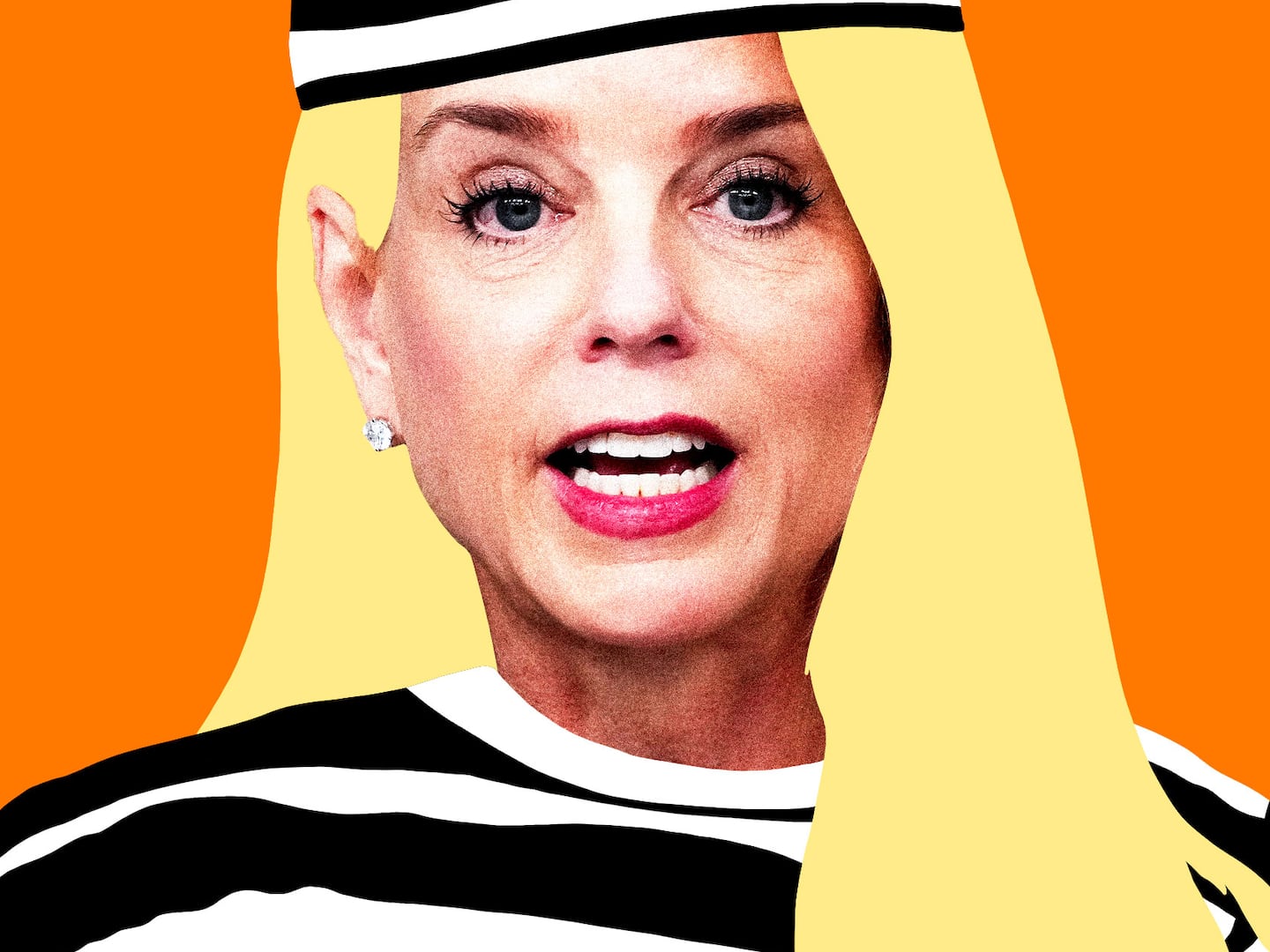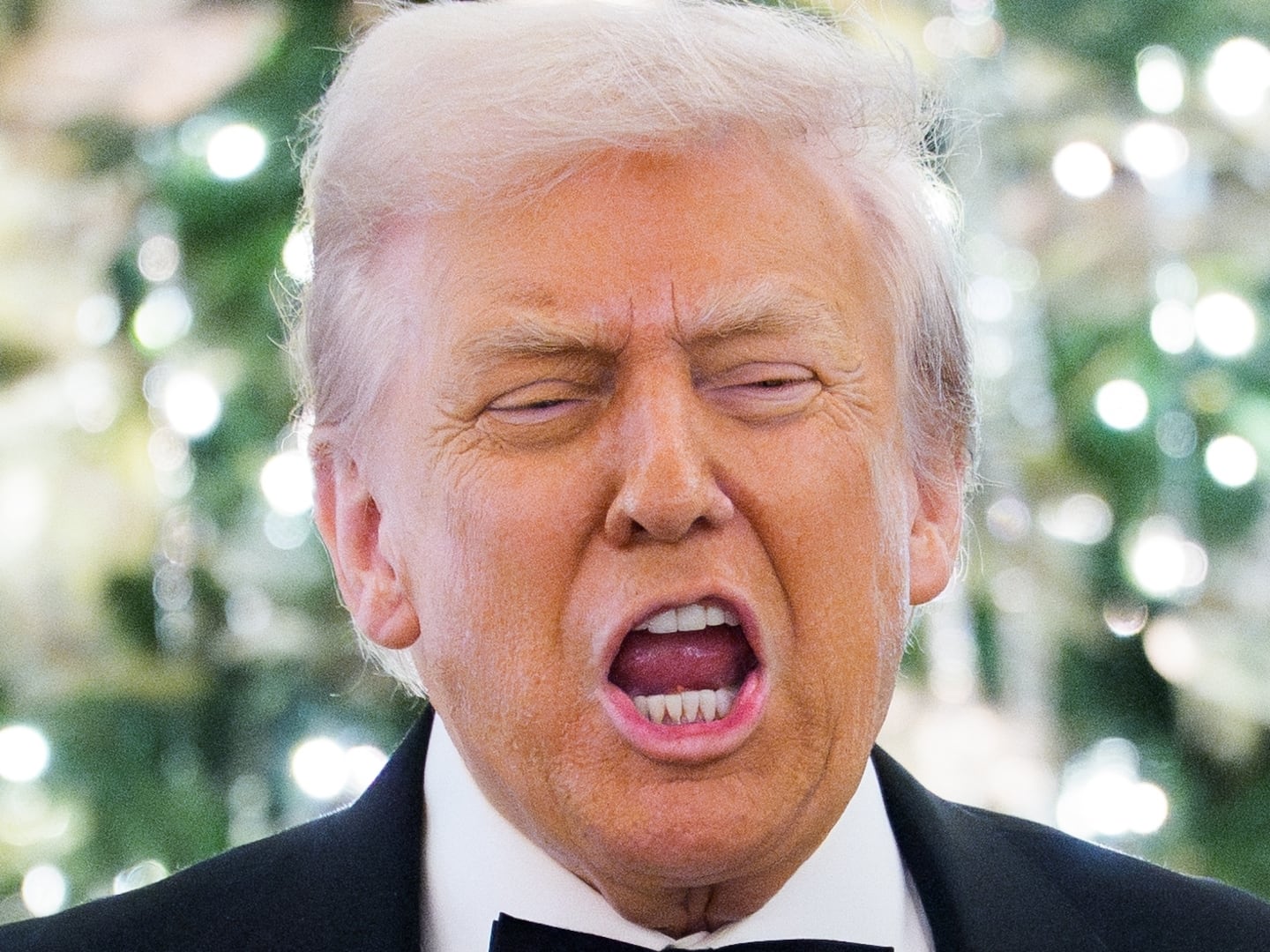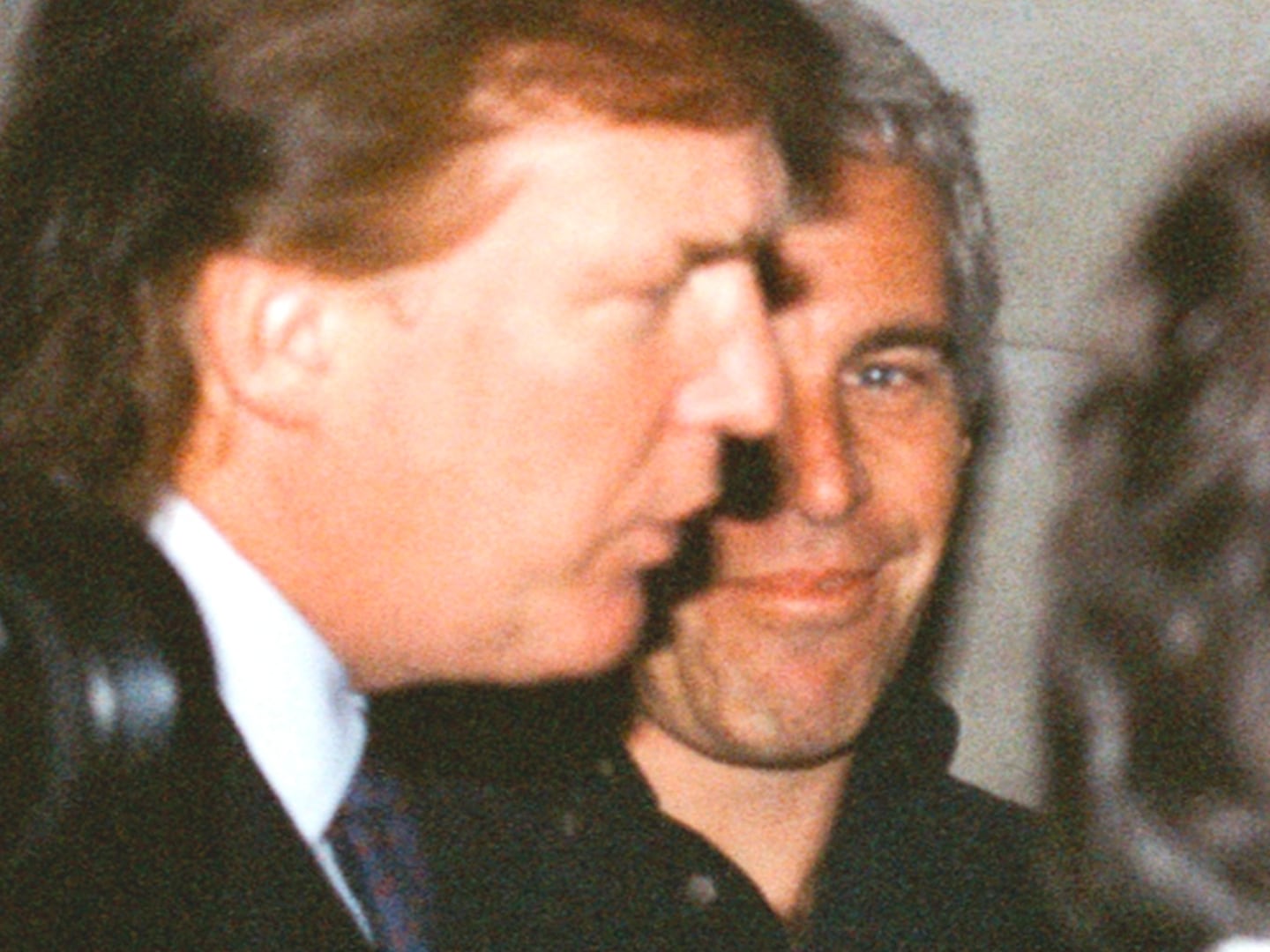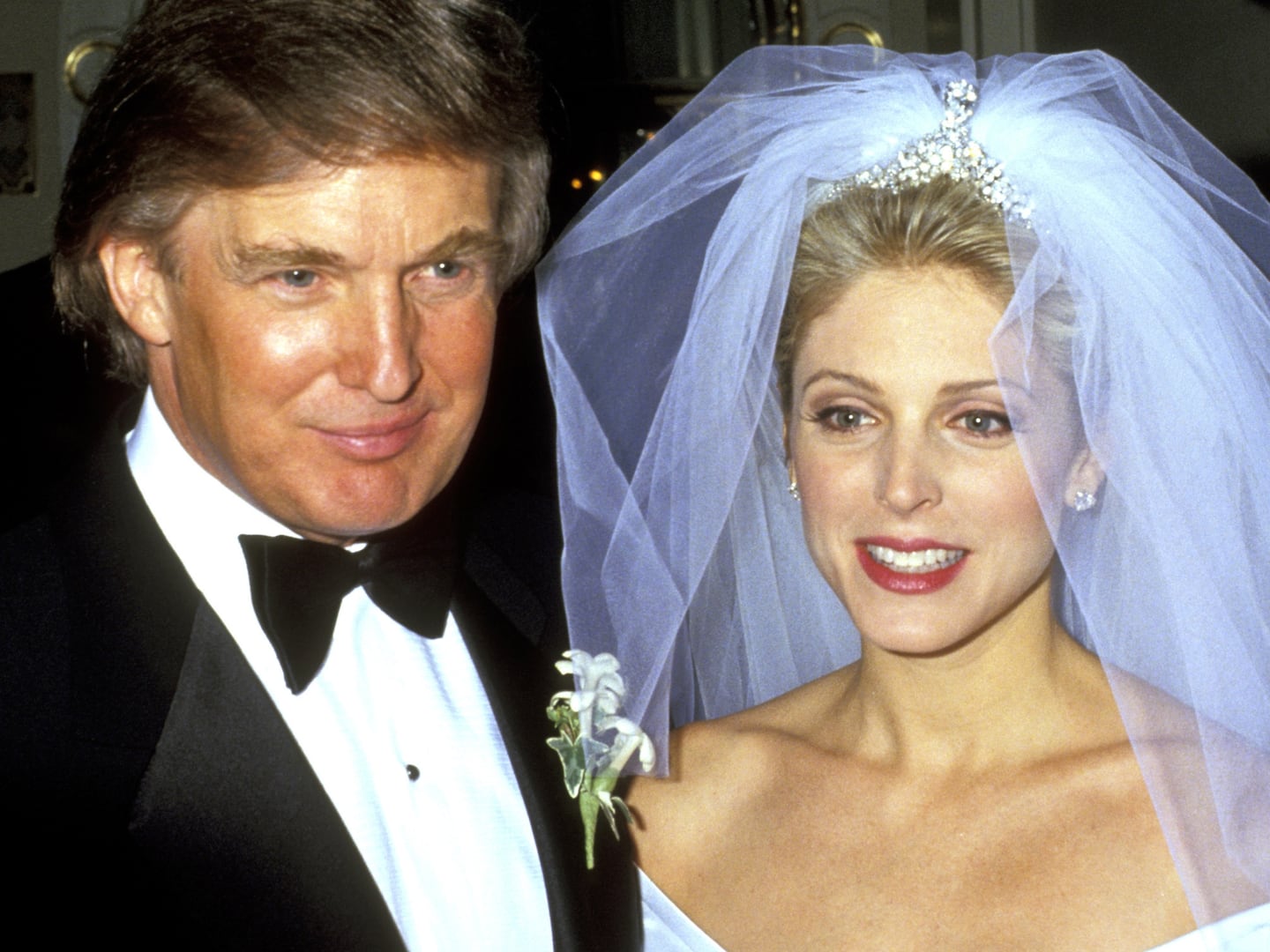
As Sonia Sotomayor’s confirmation hearings opened on Monday, South Carolina Sen. Lindsey Graham summed up Washington’s conventional wisdom with remarkable candor: “Unless you have a complete meltdown, you are going to be confirmed.” And in her two initial days of hearings, Sotomayor was unflappable. Her responses were measured, cautious, and limited, reflecting a strategy that was, just as Graham and others anticipated, designed to deflect expected attacks.
Sotomayor may not quite draw the 78 Senate votes that went to John Roberts, but if no bombshells emerge, she may not fall far short of that tally either.
In the contest flagged by many as the main event—the questioning by the new ranking member who has coordinated the Republican effort to derail her nomination, Alabama’s Jeff Sessions—Sotomayor scored a KO. Perhaps the soft-spoken Sessions knocked himself out. Criticizing her now oft-quoted “wise Latina” speech, which Sotomayor effectively walked back only minutes earlier in response to questioning from Sen. Patrick Leahy (D-VT), Sessions said he wished that Sotomayor were more like federal Judge Miriam Cedarbaum, who “believes that judges must transcend their personal sympathies and prejudices.” Sessions had apparently not scanned the audience very carefully, and Sotomayor quickly picked up on his slip. “My friend Judge Cedarbaum is here,” Sotomayor replied. “We are good friends, and I believe that we both approach judging in the same way, which is looking at the facts of each individual case and applying the law to those facts.” The moment was like that in Woody Allen’s Annie Hall, when a preening know-it-all cites media guru Marshall McLuhan and Allen pulls McLuhan out from behind a movie poster to disprove his point.
Instead of scoring on the issue that Sessions had picked for his lead, he allowed Sotomayor to debunk it. Cedarbaum, a well-regarded conservative appointed to the bench by President Reagan, quickly leaped to Sotomayor’s defense: “I don’t believe for a minute that there are any differences in our approach to judging, and her personal predilections have no effect on her approach to judging,” she told The Wall Street Journal’s Jess Bravin.
What caused Session to raise the comparison to Judge Cedarbaum? In 1986, both Sessions and Cedarbaum were nominated to the bench, but their nominations took starkly different trajectories. Cedarbaum was swiftly confirmed. The Sessions nomination, however, foundered in a Republican Senate as allegations mounted that he had referred to the NAACP as a “Communist” organization, that he said he felt positively about the Ku Klux Klan until he learned that “they smoked dope,” that he called a black prosecutor working for him “boy,” and said he needed to be “careful what he said to white folks.” While the Senate rejected Sessions, he was elected the state’s attorney general and then sent to the Senate to replace Democrat Howell Heflin in 1996—sweet revenge for Sessions, because Heflin had voted against his confirmation to the bench.
But Sessions was not done with his stumbling. In discussing the Ricci v. DeStefano case, Sessions asked Sotomayor, “Had you voted with Judge Cabranes, himself of Puerto Rican ancestry, had you voted with him, you could’ve changed that case.” The Ricci case, which dealt with the city of New Haven, Connecticut’s decision to throw out an exam for firemen after the results proved unfavorable for minority candidates, had been picked by Republicans as cover for discussion of affirmative action. Judge José Cabranes, a Clinton appointee to the federal appeals court, has been a strong critic of affirmative-action programs, and he spearheaded an effort to secure an review of Ricci, which, as Sessions noted, came close to succeeding. The Second Circuit’s decision was ultimately overturned in a 5-4 ruling by the Roberts Court. But Sessions’ attempt to hold Cabranes up as an alternate model again disclosed some shortcomings in his research. Sessions had tarred Sotomayor as a supporter of an “extreme” group based on her service as a director of the Puerto Rican Legal Defense and Education Fund. “This is a group that has taken some very shocking positions with respect to terrorism,” he said. Yet Cabranes was one of the founders of the organization, which broadly follows the model of MALDEF and the NAACP.
Both Sessions and Sen. Jon Kyl (R-AZ) avoided the more-conventional approach of reviewing the judge’s decisions from a 17-year career on the bench, choosing instead to focus on a group of occasional speeches. The reason for that choice was obvious: They want to portray her as a “liberal activist” judge, but her decisions reflect nothing of the stereotype.
Aside from that point of focus, however, the hearings cover much of the same territory traversed in the recent hearings for Bush nominees John Roberts and Samuel Alito. Sotomayor’s comment that the rule of Roe v. Wade was a “settled interpretation,” based on a 1992 case, set off murmurs and was viewed by some as significant, but in fact this formulation is not far from what either Roberts or Alito might have said. The real question, of course, is not whether the precedent is settled, but what circumstances and facts might lead the court to overturn it. The court, after all, reviews and overturns “settled law” from time to time. Still, Sotomayor’s comments appear to have been calculated to provide reassurance to the audience that the addition of a sixth Catholic judge to the bench would not reverse the current close majority limiting state prohibitions on abortion.
The judge’s record on national-security issues is something of a cipher because in her long career she had rarely written decisions on those issues. There’s nothing surprising about this, since national questions usually come up in the federal courts in Washington and Virginia. Senator Russ Feingold (D-WI) probed with limited success for her views about “secret law” and FISA, a federal statute that regulates the government’s surveillance activities. Sotomayor responded by saying that she would look to understand what limitations Congress intended to impose. But Feingold scored in asking her about the infamous Korematsu case, in which the Supreme Court upheld the internment of Japanese-Americans during World War II. The case was wrongly decided, Sotomayor said, and she spotlighted how the court went astray. “A judge should never rule from fear. A judge should rule from law and the Constitution.”
Of all the questioners, former chairman Sen. Orrin Hatch (R-UT) gave her the most comprehensive and professional grilling on questions of constitutional law and federal courts procedure. Hatch started by questioning Sotomayor’s views on gun control, drawing on a decision in which she participated that dealt with nunchucks—a martial-arts weapon from Asia. Was the right to bear arms a fundamental constitutional right, Hatch wanted to know? The question in the balance was simple and also potent for the gun-rights community—namely, whether it would be passed on to the states. It seemed clear from the exchange that Sotomayor did not share many of Hatch’s views, but also that the two were well-matched in scholarship and understanding of the issues.
Lindsey Graham gave the most-effective opening remarks of all the senators, cutting through the rather formulistic attacks and puffery that marked other senators’ speeches. Graham told Sotomayor that he would not have picked her for the court, “but elections have consequences.” He then offered some choice barbs for then-Sen. Barack Obama, who had opposed President Bush’s nominees. While Graham held out the prospect of a vote for Sotomayor, his questioning was certainly the most effective and the most bruising. He led her through a series of nasty comments collected in a New Republic article by liberal law professor Jeffrey Rosen, including the charge that she was a “bully.” “Maybe these hearings are a time for self-reflection,” Graham offered. “This is pretty tough stuff we don't see about other judges on the Second Circuit.” He invited self-criticism, but Sotomayor refused to rise to the bait.
The hearings broke without even concluding the first full round of questions, and a number of anticipated topics have yet to be engaged. There was no discussion of flag burning and the marriage rights of homosexuals, for instance—two issues Republicans appear increasingly to be pulling back from. When the hearings resume, expect more inquiry into Sotomayor’s role in the PRLDEF and efforts to draw out her views on a number of propositions that PRLDEF advanced—challenging the death penalty and the draconian Rockefeller laws on drug sentencing, for instance.
The first round, however, has been a clear win for Sotomayor. At this point, her confirmation prospects seem solid. She may not quite draw the 78 votes that went to John Roberts, but if no bombshells emerge, she may not fall far short of that tally either.
Scott Horton is a law professor and writer on legal and national-security affairs for Harper's magazine and The American Lawyer, among other publications.






